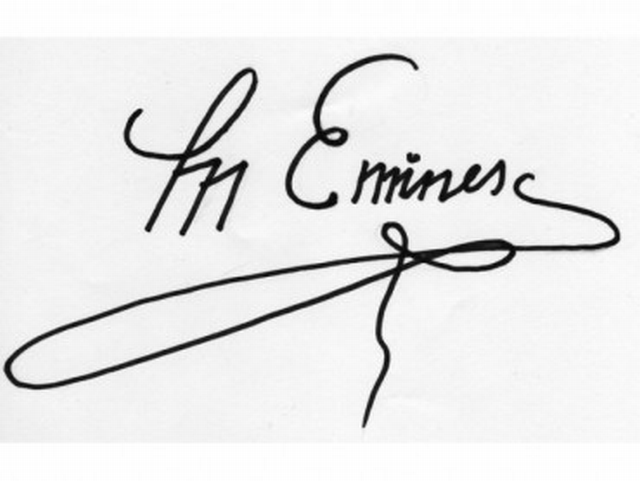Eminescu Seen by His Contemporaries
Every year on 15 January, Romanians celebrate Mihai Eminescus birthday with a series of cultural events and symposia to keep alive the myth of the national poet.

Christine Leșcu, 25.01.2014, 11:45
Beyond the myth, however, the authentic personality of the prose writer, journalist, and man of culture that was Mihai Eminescu is a lesser known side of him. It was brought recently to the center of attention by a book called ‘Testimonies on Eminescu. The Story of a Lifetime as Told by Contemporaries’. It was published by Humanitas, under the coordination of editor Catalin Cioaba. In its over 500 pages, the book presents testimonies and opinions of people who met Mihai Eminescu, men of culture important in their time, such as Titu Maiorescu, Caragiale or Ioan Slavici, but also of friends or acquaintances, whom history has forgotten. Gathered as they are in a single volume, all these texts bring to light various things about Eminescu, enough to draw a moral portrait as close to the truth and complex as possible.
Here is Catalin Cioaba, author of the volume ‘Testimonies on Eminescu’: “Right after he died, two weeks later, in fact, the Familia magazine published an appeal for everyone to write down their memories of Eminescu. It could be anyone, friend or foe, men or women, people close to him or people who had just seen him from a distance. This is what matters: how they saw him, if he was at the office or holding talks at the Junimea association. What is important is the variety of opinions. What is the importance of variety? It means not being biased. We are not trying to build a myth or destroy a myth. It means looking for good quality texts to give us a contemporary image about Eminescu’s life. There are also very important texts, describing a moment in his life, a sliver, little moments of joy. For instance, there are texts describing Eminescu singing, partying with friends. These are very important things, because in the reader’s mind they coagulate, and, keeping in mind this variety, everyone can build his own image of the poet. It is important because so far we’ve never had a living Eminescu.”
Most of the texts gathered in this volume have been published at various times in various anthologies dedicated to the poet. However, no previously published anthology contained so many texts dedicated to the poet’s early life, school life, his time as part of a traveling theater troupe, his studies in Berlin and Vienna, and his years as editor-in-chief for the Timpul newspaper. An important chapter is dedicated to his physical and mental decay, caused by the disease that killed him.
Catalin Cioaba tried to sum up what Eminescu’s image comes across as: “He was a man dedicated to others. This is what Ioan Slavici shows very well. At the same time, he was quite intransigent in the articles he wrote for Timpul, as well as in other situations as well. We always find contradictory features for any big personality. Here is what Slavici wrote: ‘His ruthlessness towards some was the manifestation of his love for all’. There is another, more delicate issue involved here, because we are talking about a life that ended in an ordeal. It is not an easy thing to manage. There are texts that maybe have exaggerated, or provided macabre images about Eminescu. He had a life that was very tough to endure at the end. As much as he was dedicated to his creation in his early life, towards the end he was consumed, and exhausted. However, as Slavici says, quoting Schopenhauer, his nature was that of a genius. Genius has to have good lungs, a good stomach, and to be physically fit in order to create. To write for a newspaper such as Timpul, write poetry at night, go back to the newspaper the next day, you have to have physical resilience for a schedule like that. Slavici says about Eminescu that he did have that kind of build, because others would have been wiped out by this schedule earlier. In the years when his illness was advancing, he did enjoy a lot of support from his friends.”
On 15 June 1889, Mihai Eminescu, only 39 years old, died in a mental hospital in Bucharest, leaving behind the legend of the perfect man of culture and patriot, while his personality as such was relegated to the background.






























